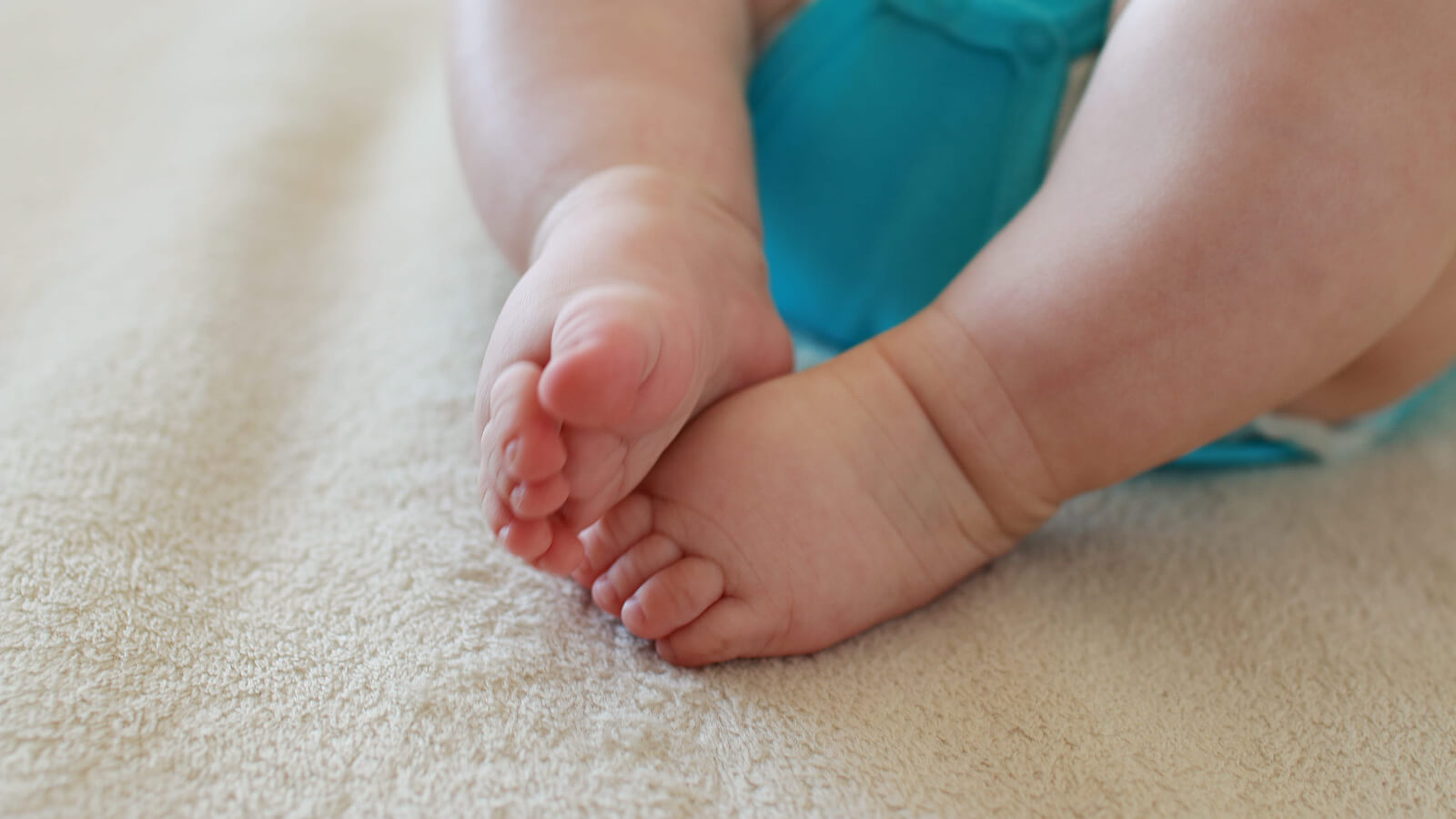Among many diseases that ail a baby, Lymphedema is a common name. Children with this disease have a swollen limb; the disease may cause a baby’s skin change, pain, and difficulty doing daily activities.
The disease is called primary Lymphedema when it occurs in a baby. Improper or incomplete formation of lymph vessels before birth is the reason for primary Lymphedema. The treatment for this disease focuses on reducing swelling and other symptoms.
There are some home remedies and some supplements available to treat Lymphedema in babies. The remedies will ease the symptoms, but in most cases, the disease cannot be cured.
In this article, we have discussed what Lymphedema is and how the diagnosis and treatment for this disease works.
Symptoms Of Lymphedema
People with Lymphedema may face below symptoms-
- Swelling in the limb, generally in the arm or in the leg.
- Heavy feeling in the affected limb.
- Less flexibility in the arm or the leg.
- Discomfort or pain.
- Skin becomes red, tight, shiny.
- Small blisters are leaking clear fluid.
- Difficulty moving the neck if the swelling happens in the neck.
- Hardened skin or tight skin.
What Is Lymphedema?
Lymph vessels in the human body are similar to small channels like blood vessels. The vessels carry lymph, a clear fluid. The disease Lymphedema occurs due to the buildup of the lymph fluid in the abnormal tissues. When the fluid builds up in the vessels, it causes swelling, especially in the arm and legs.
There are two types of Lymphedema-
- Idiopathic Lymphedema.
- Hereditary Lymphedema.
Primary Lymphedema is also called Milroy disease. The condition can be present during birth, or the symptoms may build up during puberty. Hereditary Lymphedema is often linked to other health anomalies or diseases.
Lymphedema Diagnosis
Doctors usually ask about the medical history of the child. They examine the blood vessels to rule out the possibility of other vascular anomalies. There some other testings as well; For example-
Doppler – USG at the blood flow and pressure is done. The test helps to understand the construction in blood flow.
CT Scan – To detect blockages in the baby’s lymphatic system, sometimes the doctors may ask to do a CT Scan.
MRI – MRI scan produces 3d images using magnetic fields and radio waves. The test can help the doctor take 3d images of the tissues involved with Lymphedema.
Lymphoscintigraphy – In this test, a radioactive dye is injected into the vessels. When the dye moves through the lymph vessels, it highlights the lymph.
Complications With Lymphedema
People who go through cancer treatment face lymphedema after their treatment. They may see the symptoms after months or even years of receiving the treatment.
Patients with Lymphedema may face the below problems.
- Lymphangitis (inflammation of the superficial lymphatics
- Functional disabilities (such as problems wearing shoes)
- Cosmetic and psychological problems
- Cellulitis (skin and soft tissue infection)
Treatment Of Lymphedema
This disease has no specific treatment that completely cures Lymphedema. But there are treatments to prevent it from getting any worse. The stages of the treatment follow the phases below-
- Reduction of swelling.
- Stopping the disease from getting any worse.
- Preventing infection
- Improving the functionality of the affected part of the body.
Lymphedema affects the skin. That is why doctors recommend taking care of the affected part of the body. For example, doctors may prescribe antibiotics, skin care products to prevent infection in the skin.
Therapy
In most cases, older patients may need therapy to get rid of the symptoms and swelling. There are many specialized therapists to help the patients with their recovery. The therapy generally includes:
Exercise: Exercise usually helps by moving or enabling the fluid to circulate in the swollen part of the body. Exercising will help by stopping the excessive fluid from building up in a single place of the body.
Manual Lymph Damage: This technique is a unique one. Some therapists use mild pressure to circulate the lymph fluid from the affected part to the part of the body where the lymph vessels are working properly.
Compression Bandages: Therapists often use low-stretch bandages to wrap the affected area. The process makes the fluid return to the trunk of the body.
There are surgical procedures as well. Lymph node transplant, new drainage paths, and removal of the fibrous tissue are some of the surgical treatments of Lymphedema.
Conclusion
Cancer patients under long-term treatment often get Lymphedema. As a result, doctors recommend many restrictions and suggest maintaining a controlled lifestyle to prevent the disease from worsening.
These patients need to stay away from sharp objects and use protection on the skin of the affected limb. We hope that we were able to help you with the necessary information about Lymphedema.
Author bio:
Ani Johnson is a passionate blogger. She loves to share her thoughts, ideas, and experiences with the world through blogging. Ani Johnson is associated with ThePetsMagazine, EssayWritingGuides.




